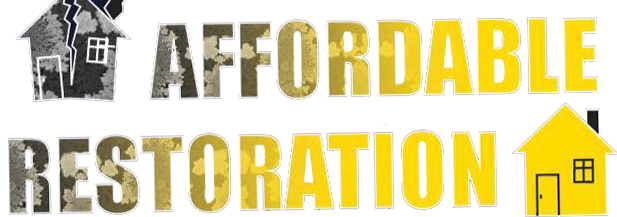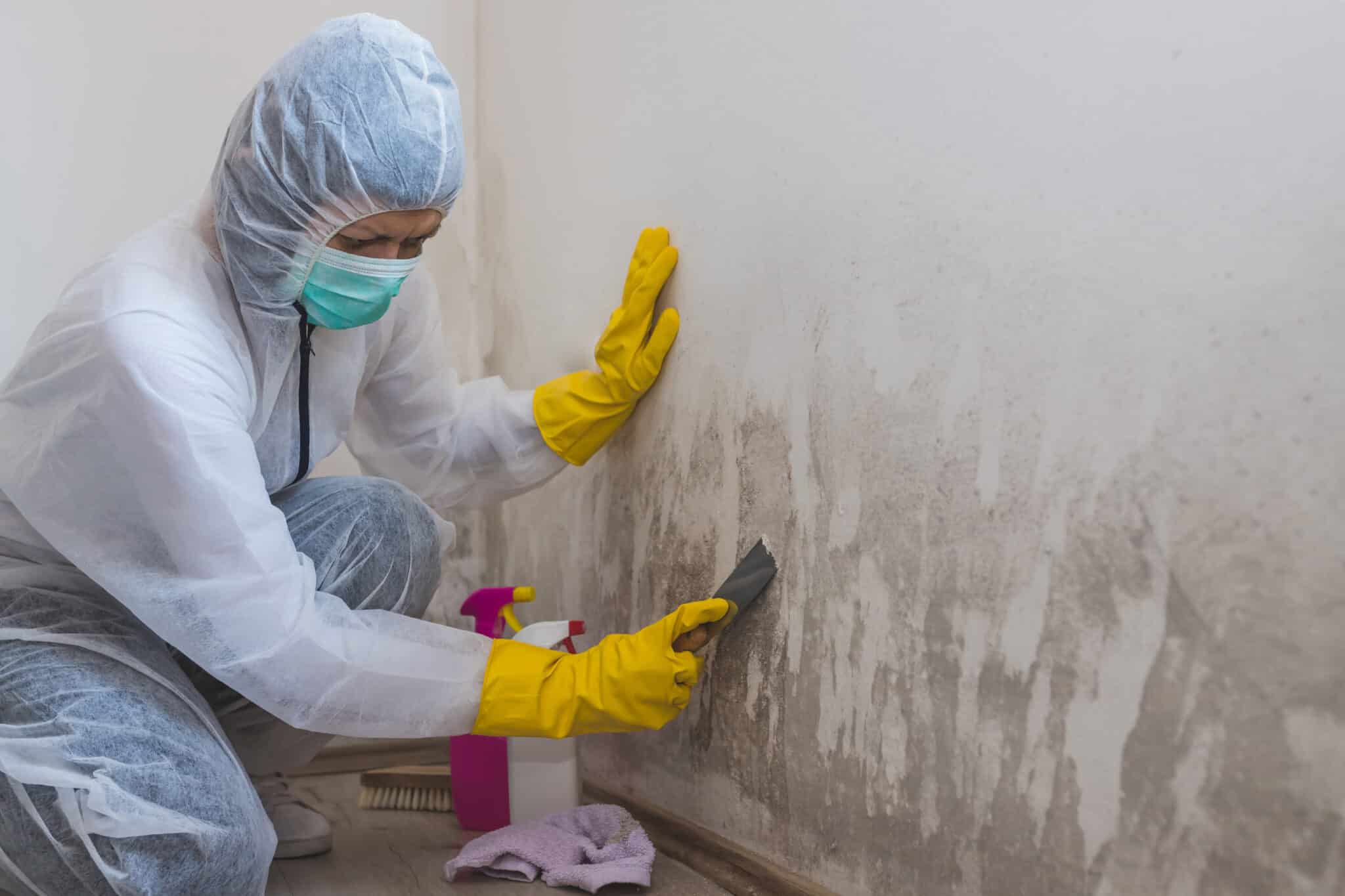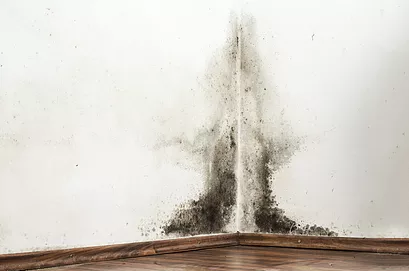Important FAQs Around Mold
Whether you’ve just spotted a musty stain in your bathroom or are dealing with chronic allergy symptoms that seem worse at home, it’s normal to have questions about mold. Mold is more than just a nuisance — it can harm your health, damage your property, and spread quickly if ignored.
This FAQ is designed to help Coeur d’Alene homeowners understand how to recognize mold, what it does to your home and body, and why professional removal is critical.

What are the most common signs of mold in a home?
Mold doesn’t always make itself obvious. Here are several signs to watch for:
- Persistent musty or earthy odor — especially in closed spaces like basements or under sinks
- Discoloration on walls, ceilings, or flooring — including green, black, white, or brown patches
- Peeling paint or wallpaper — often caused by moisture and hidden growth
- Warped or soft flooring — mold can grow under carpets and wood floors
- Unusual dust or residue near air vents — could indicate mold in your HVAC system
- Condensation on windows or walls — an environment ripe for mold to develop
Even if you don’t see mold, these clues may indicate a deeper issue beneath the surface.


What does mold smell like?
Mold typically has a musty, stale, or earthy odor, similar to wet socks or damp wood. Some describe it as the smell of a damp basement or forest floor. If this smell is persistent — even after cleaning — it’s likely mold is present behind your walls, flooring, or in your HVAC system.
What health symptoms can mold exposure cause?
Exposure to indoor mold spores can lead to a variety of health issues, especially for children, seniors, and people with respiratory conditions. Symptoms can include:
- Sneezing and coughing
- Chronic sinus congestion
- Itchy or watery eyes
- Sore throat or irritated lungs
- Headaches or fatigue
- Skin rashes or hives
- Asthma flare-ups or shortness of breath
If symptoms improve when you're away from the home, mold could be the cause. In severe cases — particularly with toxic molds like black mold — long-term exposure may lead to neurological issues or immune system suppression.
Why is mold growing in my home?
Mold spores are always present in the air, but they only grow when three things are present: moisture, warmth, and a food source. Common causes of indoor mold include:
- Leaky plumbing or roofs
- Poor ventilation in bathrooms or attics
- High indoor humidity
- Flood damage or past water intrusion
- Unsealed basements or crawl spaces
Homes in the Coeur d’Alene region are especially at risk during spring snowmelt, heavy summer humidity, and freezing winters that cause roof ice dams and condensation buildup.
Can mold grow in places I can't see?
Absolutely. Mold thrives in hidden places like:
- Behind drywall or wallpaper
- Underneath carpets or floorboards
- Inside HVAC ducts
- Behind kitchen cabinets or bathroom tile
- In insulation, attics, and crawl spaces
Even a tiny hidden leak can create the perfect environment for mold to grow silently for weeks or months.
Is black mold more dangerous than other types?
Black mold (Stachybotrys chartarum) is often highlighted for its toxicity, but all molds can cause health problems — especially in enclosed spaces. What matters most is the amount of mold, how long it’s been present, and who in your home is exposed.
Even non-toxic molds can worsen asthma, cause chronic inflammation, or damage materials like wood, insulation, and drywall.
How quickly can mold spread in a house?
Mold can start growing within 24 to 48 hours under ideal conditions. Once established, it spreads rapidly through the air as microscopic spores. If the moisture source isn’t addressed, mold can colonize new surfaces daily — including inside walls, ceilings, and ventilation systems.
Can I clean mold myself with bleach or vinegar?
Bleach might remove the surface stain, but it doesn’t kill the mold at its root — especially on porous materials like drywall, wood, or insulation. Worse, scrubbing mold without containment can release more spores into the air, spreading the problem.
For small, non-porous surfaces (like glass or metal), light cleaning may help. But any mold larger than a square foot, or anything on absorbent materials, should be handled by professionals.
Why should I hire a professional mold remediation service?
How can I prevent mold from returning after removal?

